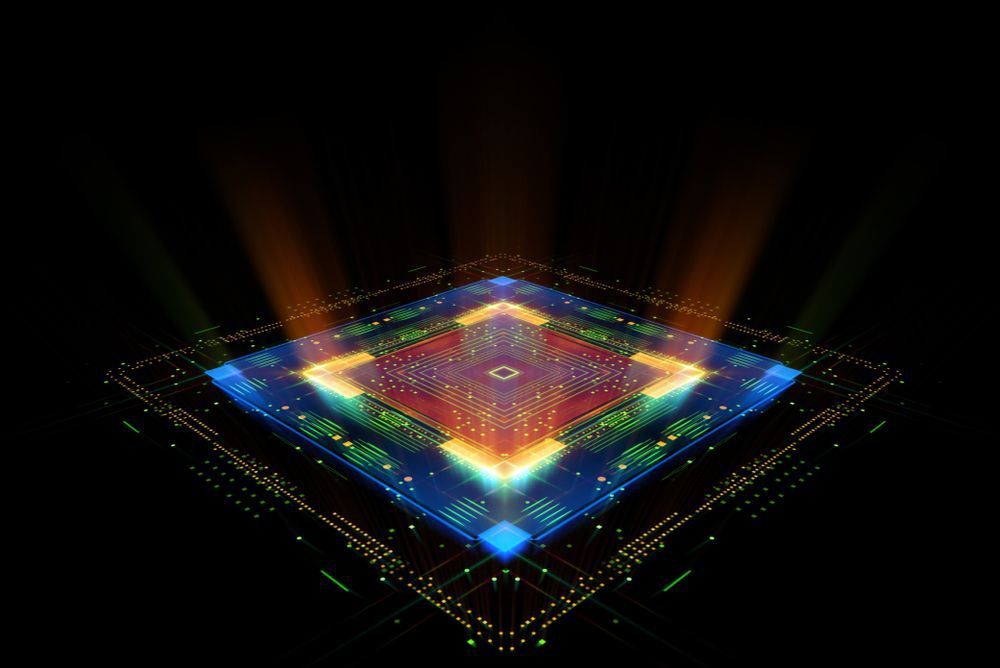
Intel’s incoming 11th-generation Tiger Lake-U mobile processors will offer twice the graphics performance of 10th-gen Ice Lake chips, according to leaked benchmarks.
Notebookcheck got its hands on 3DMark Fire Strike Results which reveal that Intel Xe Gen12 graphics, integrated into Intel’s incoming Tiger Lake-U processors, will offer twice the performance of Ice Lake’s built-in GPU.
Intel’s lowest-end Core i3 processor, which will feature 48 execution units (EU), will apparently offer 20% faster graphics performance than the Iris Plus Graphics G7 with 64 EUs on the chipmaker’s Core i7 Ice Lake processor, according to the report.
A 15W Core i5 Tiger Lake processor with 96 EUs delivers almost twice the GPU performance as Iris Plus Graphics G7, with that increasing by an additional 15% on the 28W variant.
While Intel’s Gen11 Iris Plus Graphics failed to compete with AMD Radeon RX Vega 8 in the Ryzen 7 4800U, with Team Red’s iGPU offering 40% better graphics performance than Ice Lake, Intel could soon offer the faster iGPU if Tiger Lake-U performance lives up to these benchmarks.
And it looks like that could be the case, as another recent 3DMark listing showed the quad-core, 8-thread Core i7-1185G7 CPU besting AMD’s Ryzen 7 4800U in the iGPU department, with a score of 1,296 in the graphics test.
Intel’s 11th-generation Tiger Lake mobile CPUs, which will be built around the 10nm+ Willow Cave architecture, are set to debut in the middle of this year, with the chipmaker promising that these mobile processors will ship in more than 50 notebooks by the end of the year.
These processors reportedly won’t just offer impressive performance gains in the GPU department – benchmarks shared by tipster @_rogame show the so-called Core i7-1165G7 listed with a base clock of 2.8GHz. That’s a significant increase compared to the fastest existing Ice Lake notebook processor, which has a 2.3GHz base clock. The aforementioned I7-1185G7 could run up to a base clock of 3GHz, according to an earlier leak. Hopefully Intel pulls the veil from its Tiger Lake processors soon, so we can truly see what they’re capable of.
